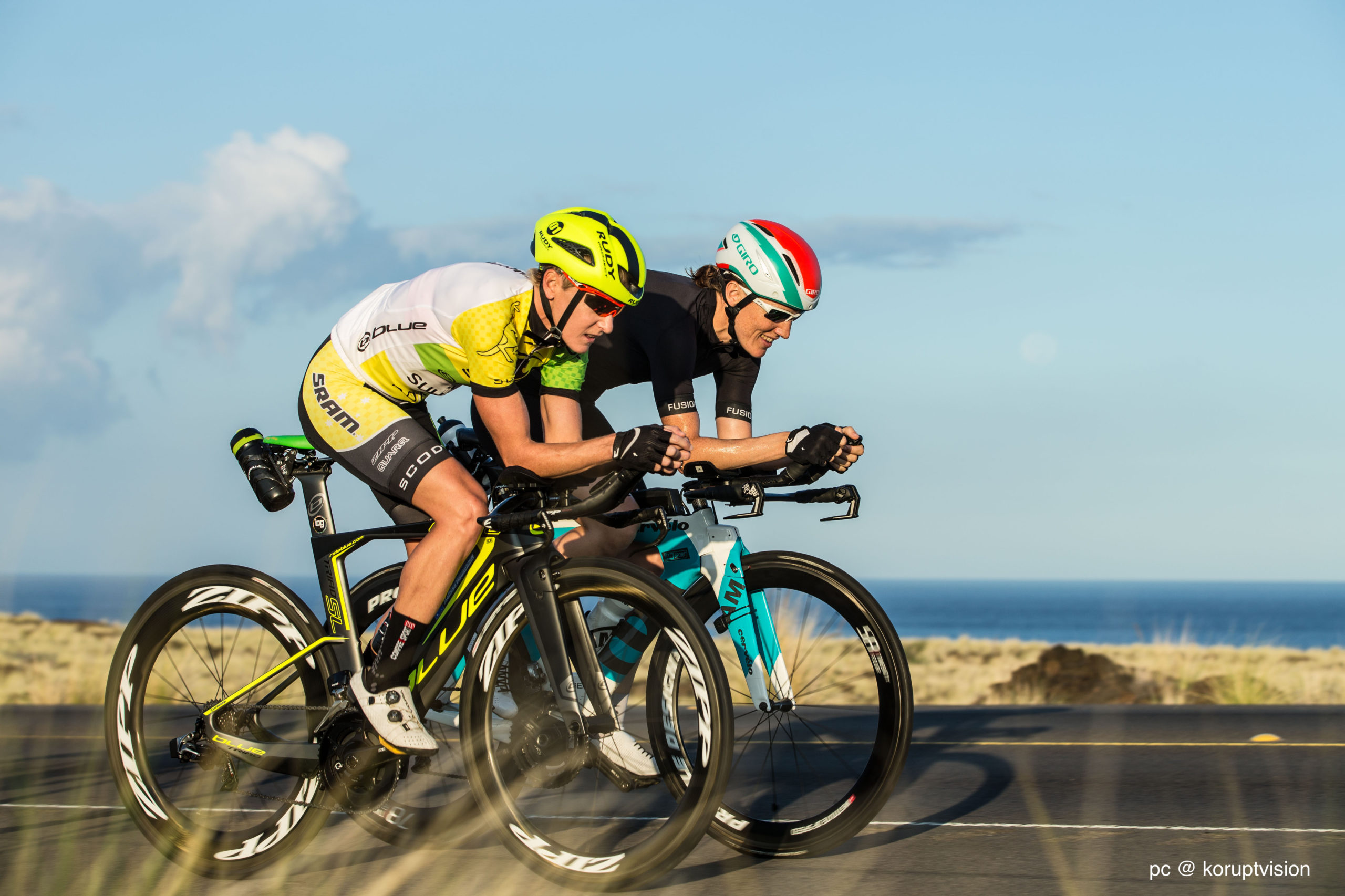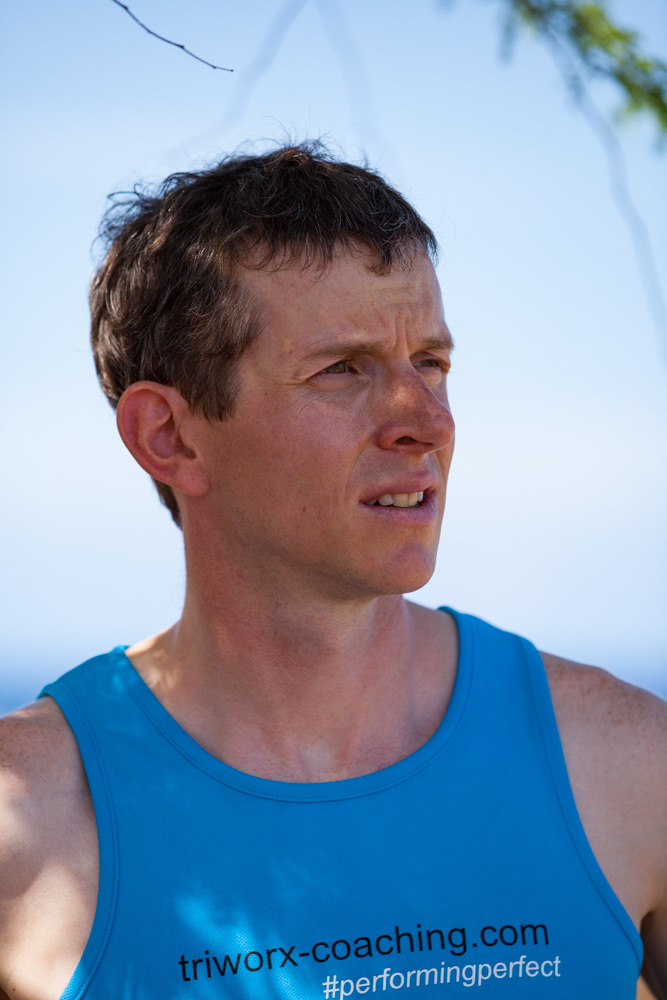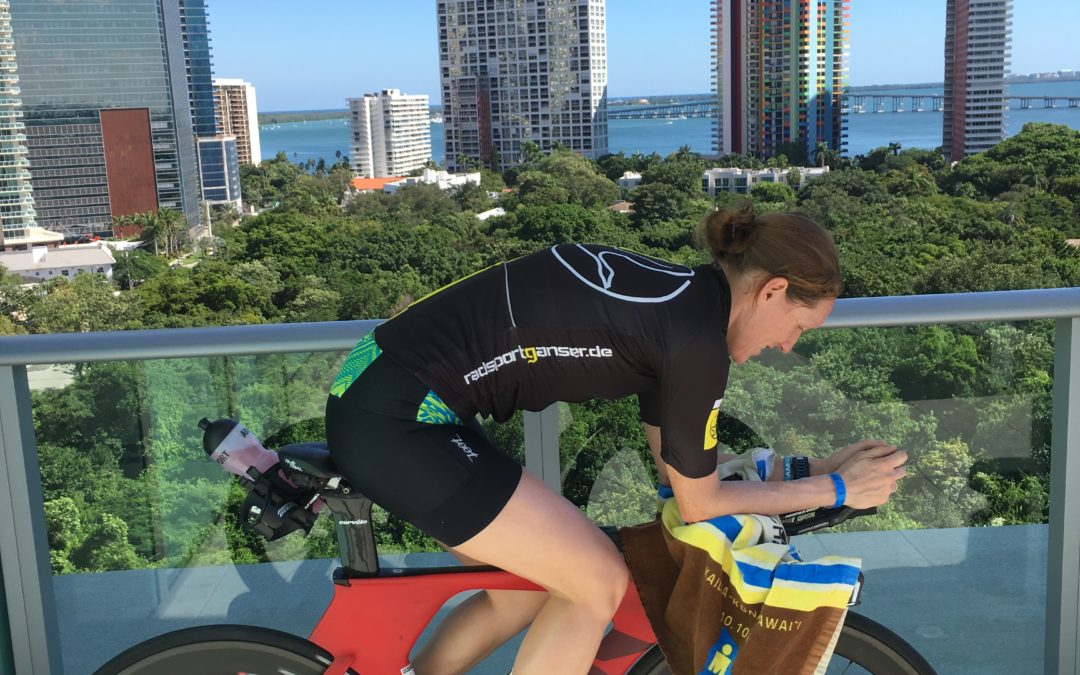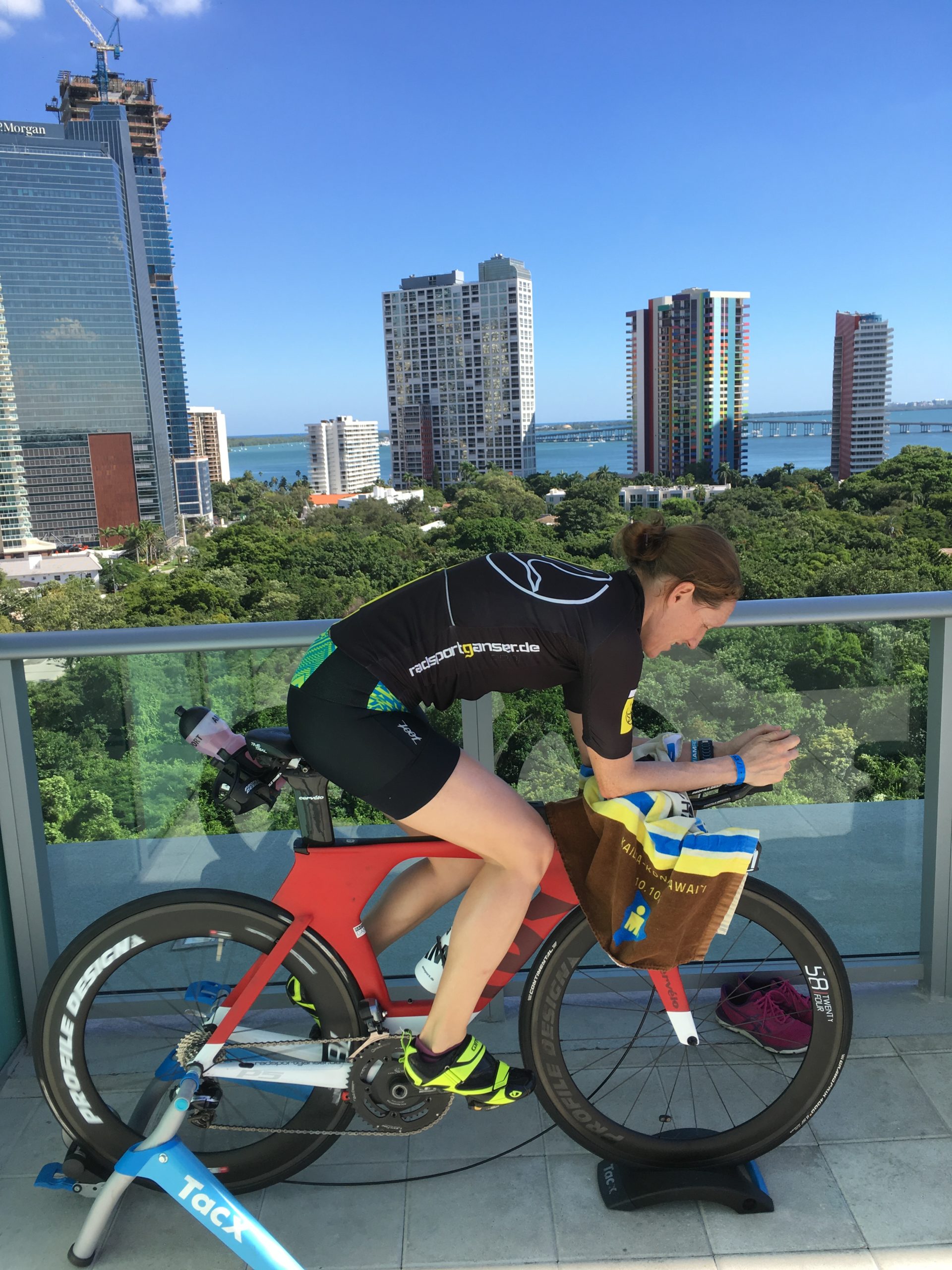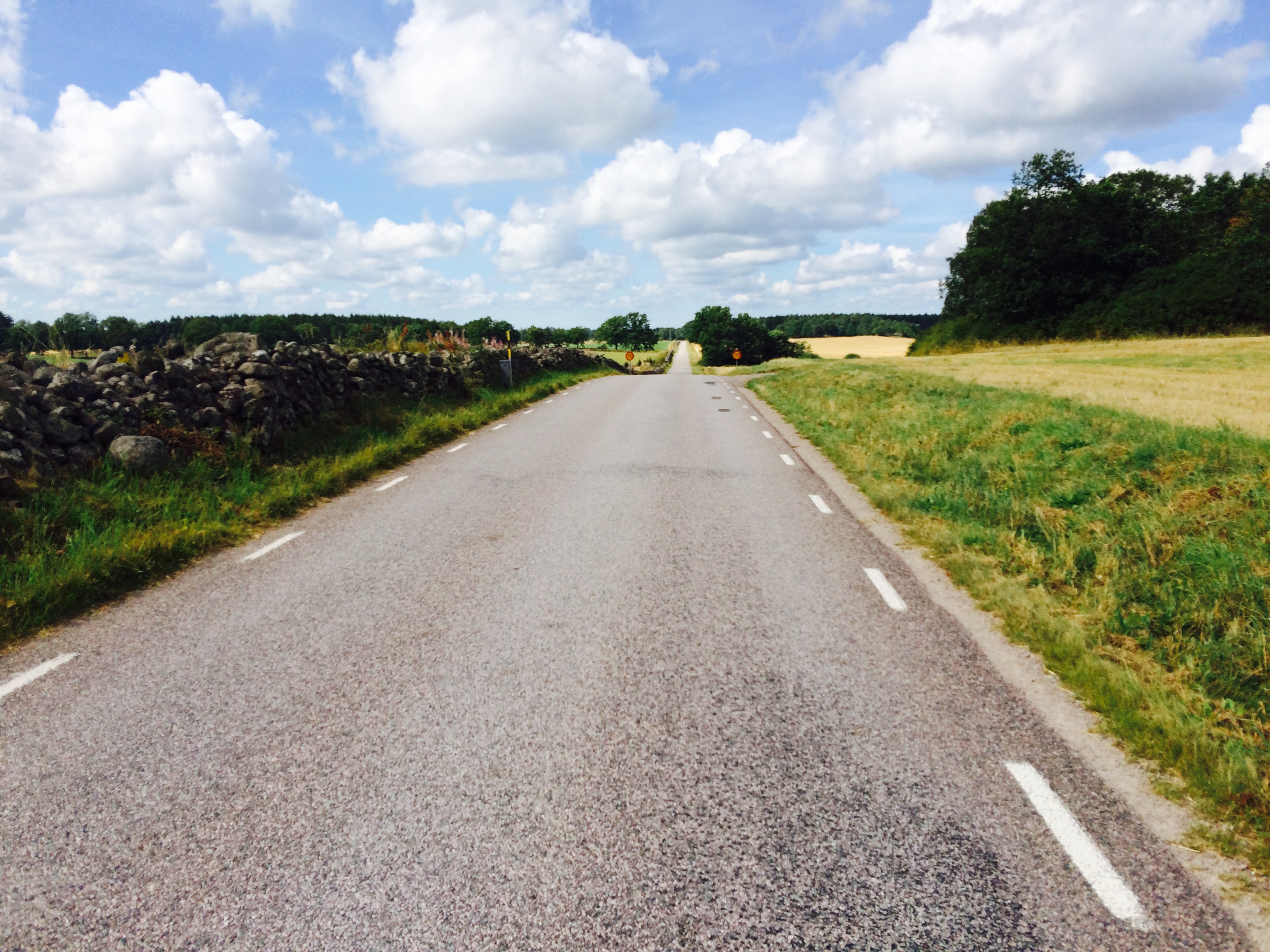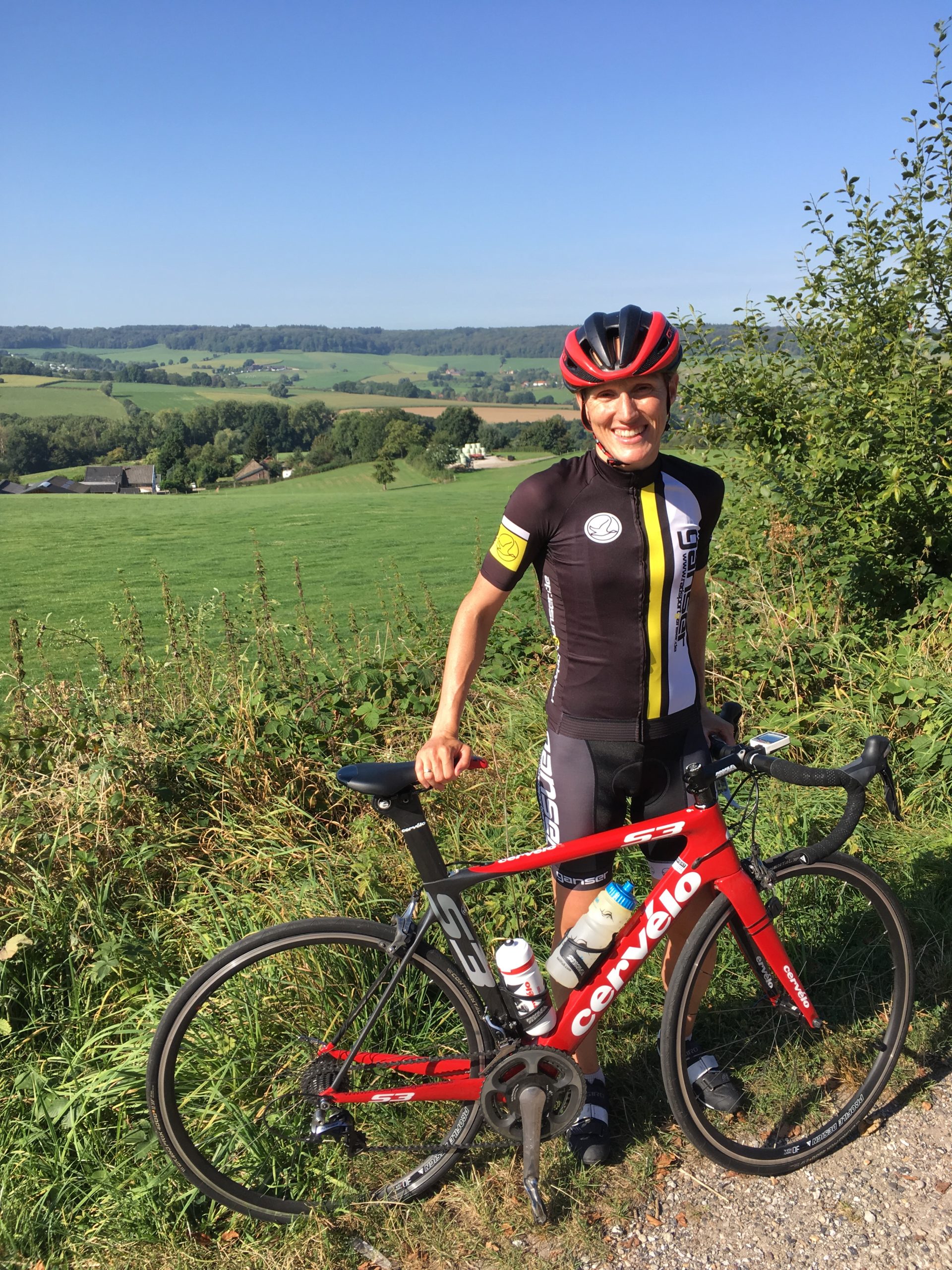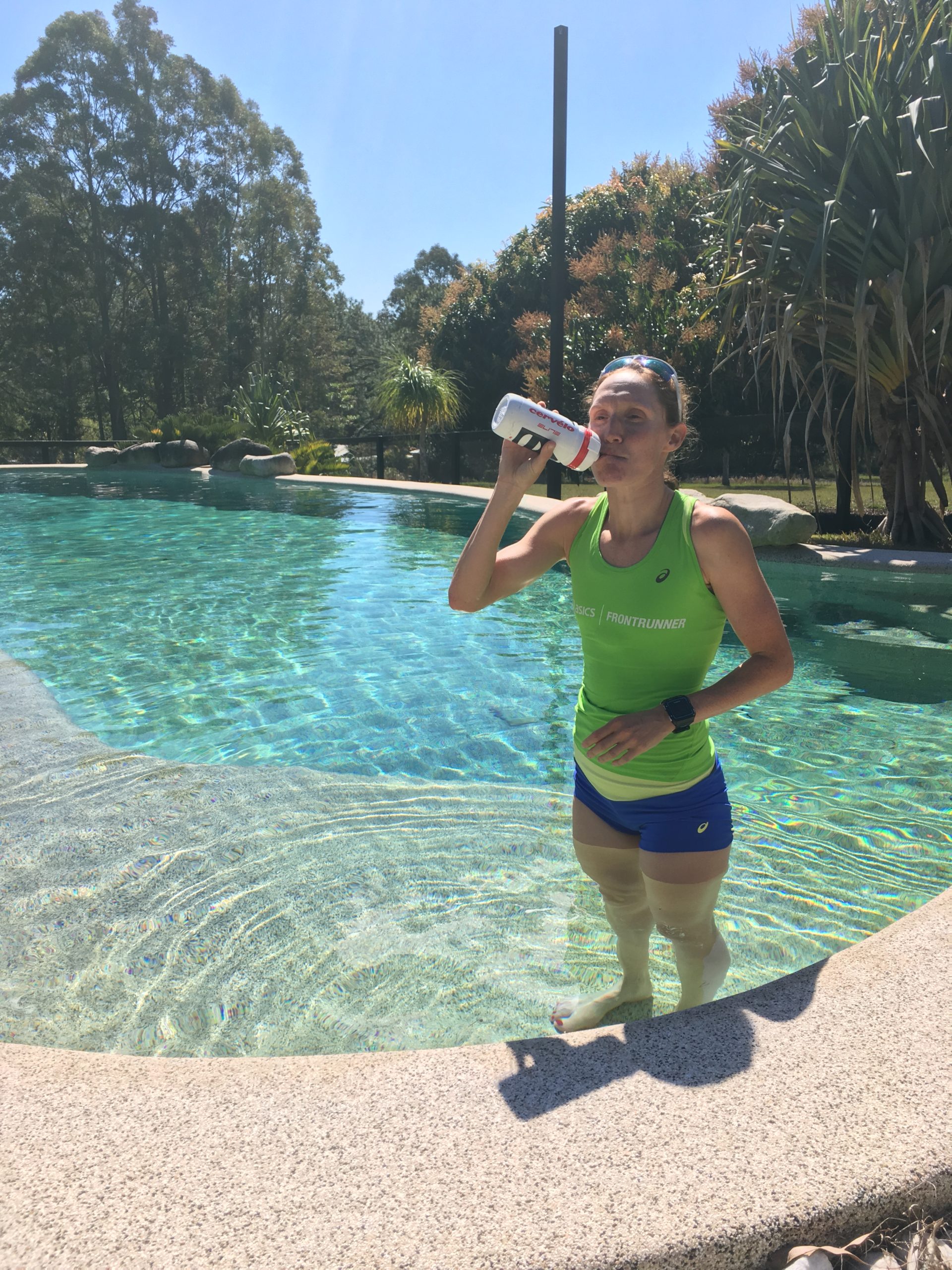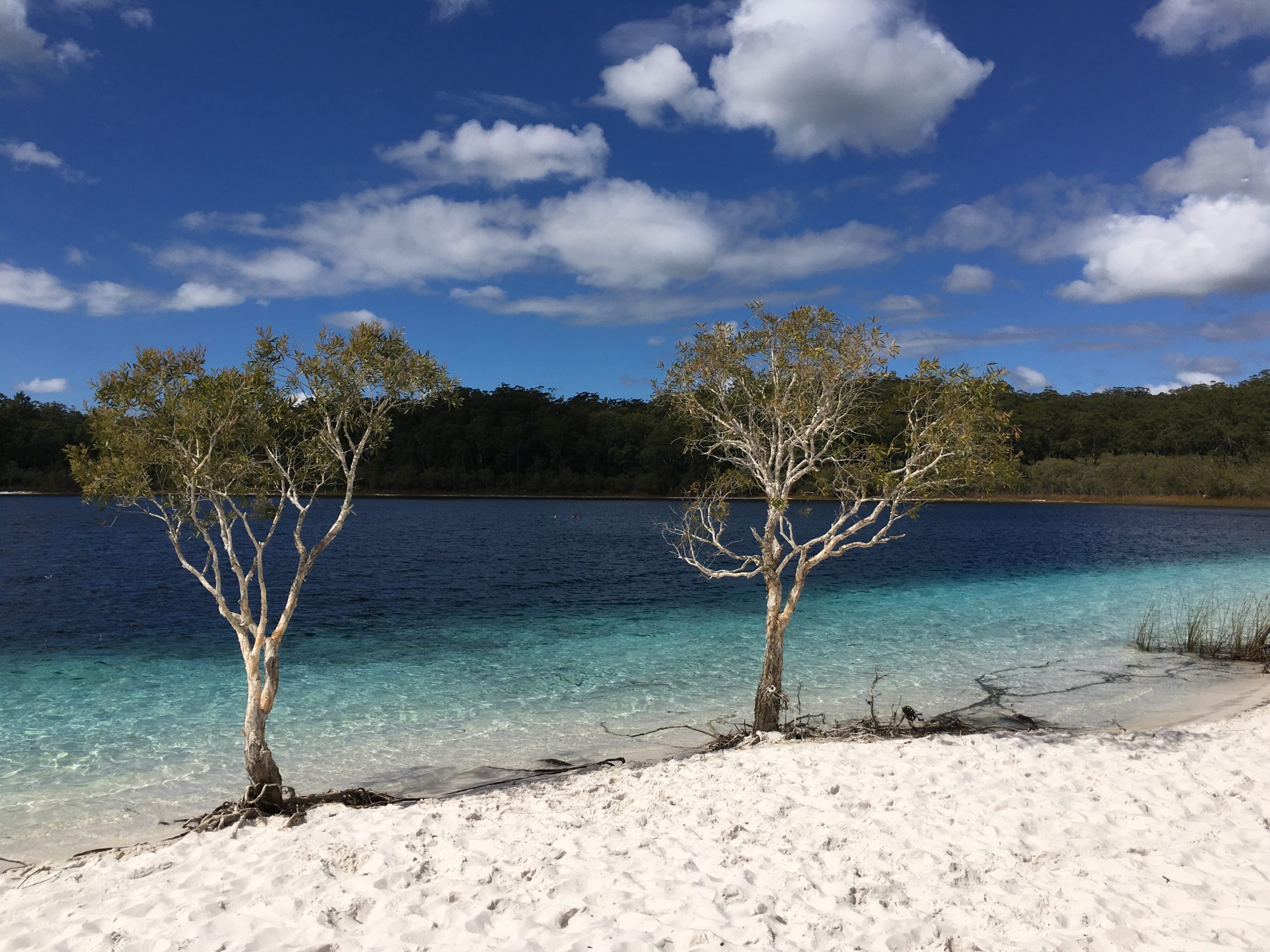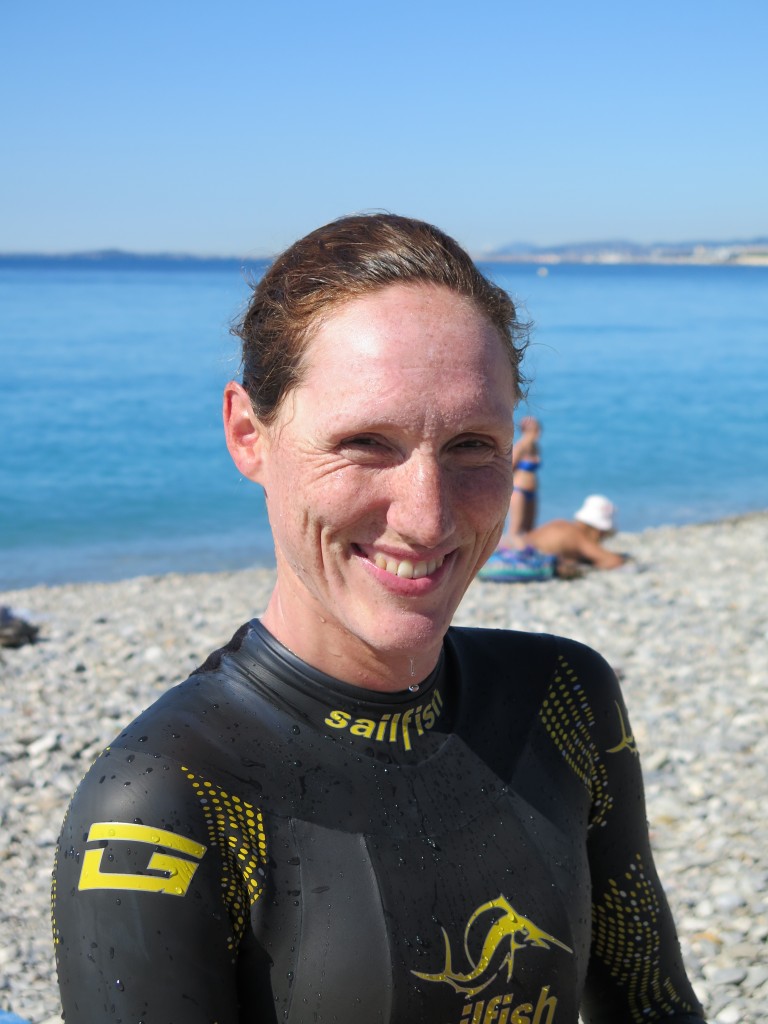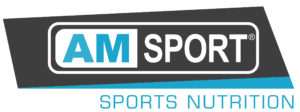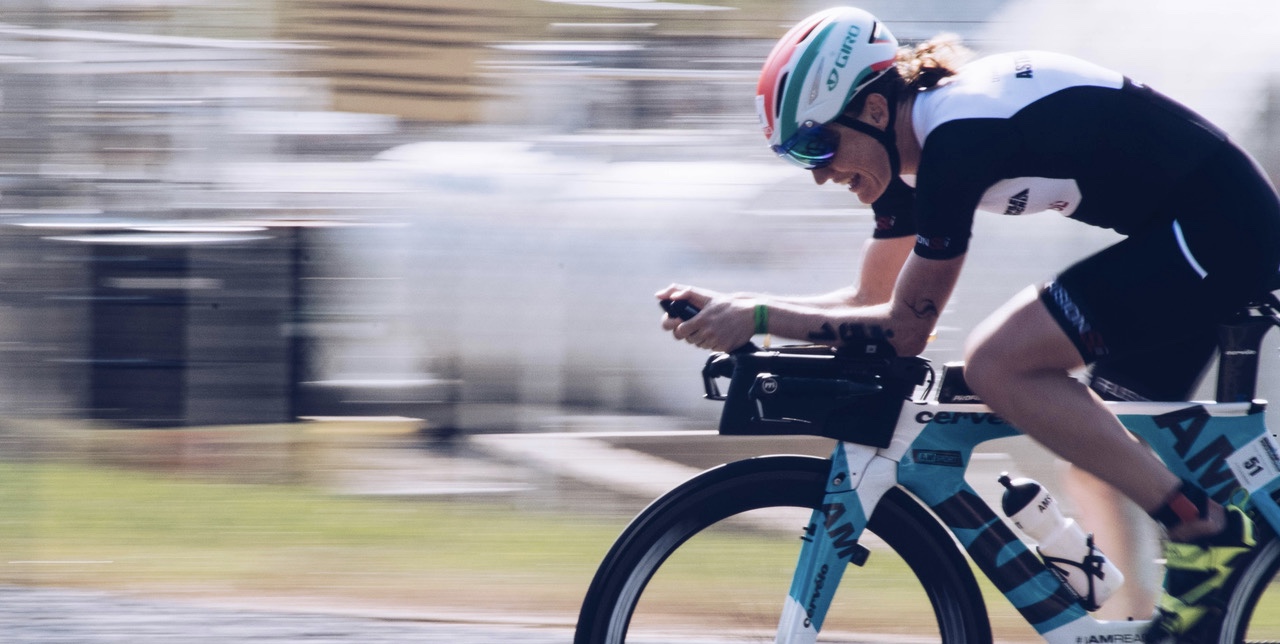
The Überbiker Blog – Challenge Daytona
The Überbiker Blog – Challenge Daytona
Hier ist er nun, mein erster richtiger Beitrag auf dem Überbiker Blog und eigentlich wollte ich mit ein paar Basics der Trainingslehre anfangen, damit ihr 2021 euren schnellsten Radsplit hinlegen könnt, den ihr je gefahren seid und danach im Ziel vor Freude nur so strahlt.
But now, 4 weeks after Challenge Daytona, I’m still talking to so many of you about this race that I can’t help but write about it. What an awesome race that was!
Lange hat mich kein Rennen mehr so gefesselt. Klar fehlte Kona dieses Jahr und das Flair dort ist schwer zu überbieten. Aber dieses Rennen in Daytona, dieses Kämpfen am absoluten Limit, das war die Essenz von unserem Sport. Das war Adrenalin. Das war Gänsehaut. Das war für mich der Grund warum ich Triathlon mache.
Ich werde oft gefragt, wie ich das Rennen einschätze, warum es so viele Ausfälle mit Krämpfen gab und wie die hohe Leistungsdichte in dem Rennen zu erklären ist. Ich mag euch teilhaben lassen an meinen Gedanken und überlegen, was man aus dem Rennen lernen kann. Egal ob Agegrouper oder Profi, man kann immer etwas lernen, und lernen macht erfolgreich. Also lasst uns eintauchen in einen überraschend spannenden Radsplit.
Ich habe nicht vor, noch einen von diesen massenhaft auftauchenden Berichten über Wattwerte zu schreiben. Ja, die 4,8 Watt/kg über die ganze Strecke ist ganz schön beeindruckend von Gusatv Iden. Da ziehe ich auch meinen Hut. Aber lernen kann man für sich selber daraus erstmal nix. Außer vielleicht der Erkenntnis, dass die Jungs und Mädels wohl ein Stückchen fitter sind als die meisten von uns. Also lasst uns schauen, was wir aus diesem Rennen für unsere nächsten Rennen mitnehmen können.
The Course
Etwas, das mich am meisten, selbst bei Profitriathleten überrascht ist, dass diese oft mit einer erschreckend schlechten Streckenkenntnis an den Start gehen. Das gleiche gilt auch für Agegrouper, die sich etwas vorgenommen haben. Wenn ich mit Profis an der Strecke bin, halte ich es immer wie die Radprofis. Die Strecke wird genauesten erkundet und die Athleten werden gebrieft. Ich muss alles wissen: Wie ist der Asphalt? Wo sind Abfahrten, Kurven, wo sind Schlaglöcher oder Scherben und wo muss ich meine Linie anders wählen? Selbst kleine Vorteile muss ich mitnehmen, z.B. muss ich darauf achten, dass ich dort fahre wo der Asphalt durch die Autoreifen etwas abgefahrener ist, da dort der Rollwiderstand geringer ist und weniger Schmutz das Risiko eines Defektes bringt. Nun, all diese Infos waren auf dem Speedway durch die dort absolvierten Trainings der Profis diesmal für alle vorhanden und aufgrund der Strecke lange nicht so relevant wie auf anderen Strecken. Nizza oder Hawai‘i benötigen da sicher eine ganz andere Vorbereitung. Und doch gibt die Strecke die Trainingsinhalte in den Monaten vor dem Rennen exakt vor und das aus folgenden Gründen:
The difficulties at Daytona certainly lie more in the high level of focus that this course demands, the absolute focus on aerodynamics and the fact that the tarmac also radiates heat and the temperatures can thus become a relevant factor. That may sound abstract at first, so what exactly do I mean by focus, aerodynamics and temperatures?
“Something that surprises me the most, even among professional triathletes, is that they often start with a shockingly poor knowledge of the course. “
Chris Decker
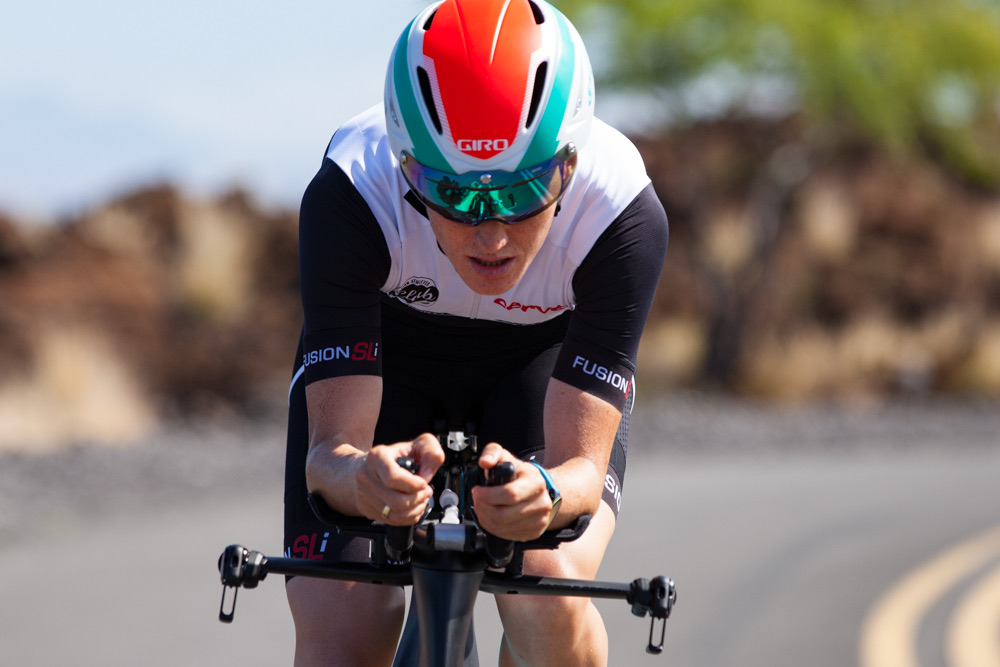
Ability to focus
There are various aspects to consider here, as it was already to be expected in advance that this race would be raced extremely hard. Due to the fast course, Challenge Daytona is exactly a mixture of Olympic and middle distance and therefore the short distance athletes should set the tone there, especially after the swim.
Power zones
Es wird also in einem Leistungsbereich gefahren werden, der nicht weit weg ist von der anaeroben Schwelle (zu dem Thema „Schwelle“ oder Trainingszonen wird sicher auch noch ein Blog kommen). Dieser Bereich ist aber extrem gefährlich, da Stoffwechselprozesse ab diesem Punkt nicht mehr dauerhaft auf diesem hohen Niveau aufrechterhalten werden können. Das bedeutet, ich darf nicht zu schnell fahren und muss mich auf meinen Poweroutput konzentrieren. Für Profis und ambitionierte Agegrouper auf der Strecke bedeutet das, dass vorher die vorgegebene Wattzahl anhand der Renndauer und der bei dieser Leistung möglichen Kohlehydrataufnahme kalkuliert wird. Ziel muss es sein, mit für den anschließenden Lauf ausreichend gefüllten Kohlehydratspeichern in T2 anzukommen. Nun wird auf dieser einfachen Strecke ein Wattwert bzw. eine enge Range als Zielvorgabe vorgegeben und das Ziel ist diese, praktisch wie im ERG-Mode auf der Rolle abzufahren. Ausnahmen gibt es für Überholmanöver, denn hier muss ich kurzfristig die Leistung erhöhen und taktische Belange, wo ich z.B. in der Gruppe auf einer Position fahre um Energie zu sparen und keine Führungsarbeit machen will. Warum das so relevant ist, erkläre ich gleich im Bereich Aerodynamik. Übrigens ist das wirklich sehr einfach auf dieser Strecke, wohingegen die grandiose 70.3 WM Strecke von Nizza da mit ihren vielen Anstiegen, vielen Kurven, Abfahrten und wechselnden Winden ganz andere Vorgaben benötigt.
Wer jetzt sagt, das ist doch dann nicht mehr schwer, der denkt am besten Mal an Alistair Brownlee. Ich behaupte er hat das Rennen verloren, weil er auf dem Rad diese Aufgabe entweder nicht konsequent umgesetzt hat oder im Vorfeld nicht genau definiert hat.
Choosing the perfect line
Zusätzlich verlangt die monotone Strecke eine enorme Konzentrationsfähigkeit für die Ideallinie. Auch im späten Verlauf des Radsplits muss diese noch getroffen werden. Ich darf nicht nach innen in die Pylone abweichen, da ich sonst einen Sturz riskiere, ich darf aber auch nicht zu weit außen fahren, da ich sonst zu viel Strecke fahre und damit Zeit verschenke. Um das mal an einem Bild deutlich zu machen, das jeder kennt: Wenn ich auf einer 400m Leichtathletik-Bahn fahre, dann ist die innerste Bahn 7,037m kürzer als die zweitinnerste Bahn. Dabei liegt nur 1,22m Bahnbreite dazwischen. Das sind 1,75%. Im Spitzensport unterscheiden schon geringere Werte über Sieg oder Niederlage.
Nutrition
Last but not least, I have to concentrate on my nutrition strategy so that the previously calculated carbohydrates can actually be consumed. So I have to provide nutrition in a defined rythm and also keep it consequently.
This also sounds easy, but here, too, a top finish was given away. The aesthetically most impressive cyclist, Magnus Ditlev, with the fastest bike split of the day, certainly lost out on a top 10 place due to the nutrition. However, I am sure that he has learned from this at his young age. As far as aerodynamics are concerned, however, quite a lot can learn from him.
Als Athlet muss ich also bei der Challenge Daytona oder anderen Rennen auf Speedways versuchen einen möglichst konstanten Leistungsoutput in einem definierten Bereich treten, dabei Ideallinie fahren und meine Verpflegungstrategie konsequent einhalten. Wie schwer gerade letzteres ist, hat sicher jeder schon einmal in Trainingseinheiten gemerkt, bei denen man später zitternd zuhause ankam. Zumindest mich musste da schon mal die ein oder andere Tankstelle retten. Und genau das sind Lehren für die wichtigen Rennen.
Aerodynamics
Da die Strecke keine relevanten Schwierigkeiten im Sinne von Anstiegen, Abfahrten oder Seitenwindpassagen hat, in denen die Position gewechselt werden kann oder muss und gleichzeitig ein Mindestabstand von 20m zum Hinterrad des Vordermannes gewährleistet sein muss, ist sowohl die Aerodynamik des Rades und noch mehr die des Fahrers der ausschlaggebende Faktor.
At 50km/h, 90% of the power required to overcome air resistance is needed. Lionel Sanders – I’m a fan of him – rode at just over 48km/h. So we can take these values as given. So the most important task is to reduce the air resistance at the components bike and rider.
Bike
I’ll get to handlebar adjustments, etc., when we talk about the rider’s position. If I want to achieve something outstanding on a speedway, then I can already do some tuning on the bike.
Der Rahmen ist sicher bei den meisten Sportlern nicht austauschbar und nur einmal vorhanden. Aber auch hier kann ich darauf achten, dass – falls noch aussenverlegt- die Züge sauber geführt sind und keine extra angebrachte Taschen stören. Die Flaschenhalter sollten im Rahmendreieck aerodynamisch sein. Flache Flaschen haben sich hier bewährt. Zu beachten ist allerdings, dass diese schlecht aufgefüllt werden können. Deswegen nutze ich diese Flasche gerne als Gelflasche. Hinter dem Sattel angebrachte Flaschenhalter sollen möglichst flach angebracht werden. So benötigt das Greifen der Flasche zwar ein wenig Übung, aber dafür ist der Strömungsabriss hinter dem Sattel deutlich geringer. Wer noch kein integriertes Trinksystem hat, kann dies nachrüsten. Hersteller wie Profildesign bieten hier Lösungen an, die Lenker und Trinksystem aerodynamisch optimieren und aussenverlegte Züge verdecken. Sicher ein Preis-Leistungstipp für ältere Bikes.
The most popular for “tuning” are certainly the rims. Here, weight hardly plays a role, which is why a disc is recommended at the back and a 90mm rim at the front, depending on wind conditions. With the tires, it is important to ensure that the tire width is in no case more than 5mm wider than the rim to avoid aerodynamic disadvantages. This is a factor that cannot be valued highly enough. In the case of the Challenge Daytona and the good asphalt, I would also advise pure racing tires, where rolling resistance is optimized over puncture protection.
Für die Highendtuner sind im Bereich der Schaltung auch noch ein paar Kleinigkeiten zu optimieren. Ideal ist auf einem solch einfachen Kurs eine 1×12-fach Schaltung und die Übersetzung so zu wählen, dass die Kette bei dem dauerhaft benutzten Gang möglichst gerade läuft. Auch die Schaltmöglichkeiten sollten sich in den Aerogriffen befinden, damit die Position im Gegenwind nicht geändert werden muss. Weiterhin bieten sich aerodynamisch optimierte Pedalen an. Hier ist ganz klar Speedplay das schnellste System, wenn meine Wattmessung in den Kurbelarmen stattfindet.
Rider
Hier liegt das größte Potential für aerodynamische Vorteile verborgen und ich hatte es schon einmal erwähnt, Magnus Ditlev saß hier so perfekt und ruhig auf dem Rad, dass es eine Freude wahr im zuzusehen. Das war Zeitfahren in Perfektion. Das war Ästhetik. Eine perfekte Symbiose aus Fahrer und Rad.
And that’s what it’s all about. It has to be a perfect symbiosis of rider and bike. That’s why I can’t write here, sit on the bike this way or that way and then you’ll sit perfectly. The perfect symbiosis is different for every rider.
So the task is to sit on the bike in such a way that I am as aerodynamic as possible AND can hold this position over the race distance. There were several failures with cramps at Challenge Daytona here, and that’s a clear indication that the position was too aggressive aerodynamically, or the holding muscles were not persistent and powerful enough.
So the first learning here is that aerodynamics also includes flexibility, stability and strength. Factors that are often neglected in the age group because of the compromises between work, family and training. It is worthwhile to invest here, even if you have to cut back on endurance training.
In einer unveränderten aerodynamischen Position, die bei der Challenge Daytona unabdingbar ist, werden immer die exakt gleichen Muskeln zur Leistungserbringung rekrutiert. Auf anderen Strecke, wo ich auch mal im Basebar oder gar Wiegetritt fahre, kann ich Entlasten und Erholen. Auf einem Speedway ist das im Kampf um die Spitze unmöglich. Und auch wenn ich persönlich die Strecke todlangweilg fand, war sie körperlich eine der brutalsten die ich je gesehen habe und zwar genau aus diesem Grund.
So I have to do strength and stability training for the posture work, stretching and yoga for flexibility, and race simulations for the specific training. I can’t start a race at a speedway without doing consistent time trial training. Gerade in der aktuellen Saisonvorbereitung, wie dies in Europa und Nordamerika gerade der Fall ist, lohnt sich dieses Training um dann, wenn die Rennen anstehen, noch schneller zu sein.
Wenn die Position gefunden ist, die ich also aerodynamisch so fahren kann, dass ich sie halten kann, startet die weitere Optimierung und das sind Helm und Einteiler. Diese sollten an die Körperhaltung angepasst werden. Grundsätzlich hilft es den Kopf runter und nach vorne zu nehmen, was die muskuläre Haltearbeit allerdings auch nochmal anspruchsvoller macht. Auch hier lohnt das entsprechende Training, damit der Helm seine Vorteile ganz ausspielen kann. Ein Anzug wird im Idealfall maßgeschneidert und nicht von der Stange gekauft, da hier jede Falte einen Nachteil bedeutet. Mittlerweile gibt es hier gute Anbieter zu vertretbaren Preisen.
Wie gesagt, Ditlev war auch hier super schön anzusehen und bei den Frauen war Lisa Norden sehr gut positioniert. Aus Marketinggründen sind auch bei den Frauen die knappen Outfits einer Holly Lawrence genial und ästhetisch anzusehen, aerodynamisch aber klar im Nachteil zu den längeren Ärmeln und Beinen der TriSuits, da diese die Luft weniger verwirbeln als nackte Haut.
Speaking of bare skin. Dear men, shaved legs and arms also make a difference, are also visually very popular with some women and better to massage. Not to mention the better healing in case of crashes. So take the shaver to hand. By the way, this doesn’t just apply to races like Challenge Daytona.
Temperature management
Anyone going to Hawai’i thinks a lot in advance about how to deal with the heat on this volcanic island. But Daytona? Here, too, you have to consider what can often be observed on race courses, especially those that are surrounded by spectator stands like a speedway.
Der Asphalt ist allein mit seiner dunklen Farbe in der Lage die Strahlungsenergie der Sonne gut aufzunehmen, das bedeutet er heizt sich auf und strahlt damit auch wieder Wärme ab. Ein physikalisch völlig normales Phänomen, das jeder Körper ab 0,1 Grad Kelvin macht. In Verbindung mit den Tribünen, die den kühlenden Wind von den Sportlern abhalten bzw. diesen reduzieren, wird die Temperatur jedoch relevant.
If I have solar radiation from above affecting the athlete and the heat radiation emitted from the tarmac, the athlete’s body is also further exposed to heat. Heat stress, however, is already sufficiently present during athletic exertion because the body has a very poor efficiency. Only about a quarter of the energy used is converted into power; the rest is released as waste heat, which in turn must be emitted so that the body does not overheat. Add to this the heat radiation from the tarmac and a reduced frontal area on which cooling wind can act, as well as a helmet that may be aerodynamically optimal but is not optimally ventilated, and the body is burdened with additional heat stress.
Der Körper hat nun vier Wege seine Kerntemperatur zu regulieren, was der Sportler möglichst effizient unterstützen sollte, denn zu stark steigende Kerntemperaturen beeinflussen die Leistungsfähigkeit negativ.
The body can release heat via radiation as well. However, the warmer the ambient temperature, the worse this works.
Where the body is in contact with a solid object, it can also release heat via conduction. An example that I am sure many have seen is when the athletes at the IRONMAN in Hawaii pack ice under their clothes to cool themselves down. The main effect here is the heat conduction. It should be noted that the cooling is most efficient on the palms of the hands, when the cold melt water can flow over the arteries at the wrist. Ice under the cap or under the helmet is much less efficient and carries certain risks.
Furthermore, heat is dissipated via convection. Due to the improved blood circulation on the surface of the skin, the air on it is heated and slides upwards. As a result, cooler air follows and the process starts all over again.
However, the most efficient factor is evaporation. Which is mainly made possible by sweating when the humidity is not too high (often a factor in the humid air of Kona). For me to evaporate as efficiently as possible, a trisuit helps to distribute sweat evenly, increasing the surface area that is covered. This allows more liquid to evaporate and more heat to be extracted from the body.
As important as this process is, the risk is great, especially at the high intensities of a Challenge Daytona. Due to the high intensity, the gastrointestinal tract is less well supplied with blood and the absorption capacity of fluids and nutrients is limited. At the same time, the temperature is greatly increased due to the relatively high intensity and must be balanced. With a high sweat rate, a loss of fluids and electrolytes occurs here. Both things that are performance reducing.
Vor dem Rennen muss ich also zum einen meine Schweißrate bestimmen um sicher zu sein während des Rennens ausreichend Flüssigkeit aufzunehmen (auch das muss bei entsprechender Intensität trainiert werden), zum anderen muss ich den Elektrolytverlust ausgleichen. Um diesen möglich niedrig zu halten, ist es sinnvoll vorher unter Hitze zu trainieren, da der Körper bei Klimaveränderung erst mit erhöhter Schweißrate reagiert und erst im weiteren Verlauf die darin enthaltenen Elektrolyte ein wenig reduziert.
Conclusion
Wer schnell sein will, muss den Kurs kennen und auch ein auf den ersten Blick „langweiliger“ Kurs hat seine Tücken. Viele Sportler suchen sich ihre Rennen nach einem Rennkurs aus, der ihnen liegt bzw. ihren Stärken entspricht. Aber die wenigsten optimieren ihr Training und ihr Rennen konsequent danach.
Maybe a good opportunity to do so. 2021 is still young.
Chain on the right,
Yours Chris
